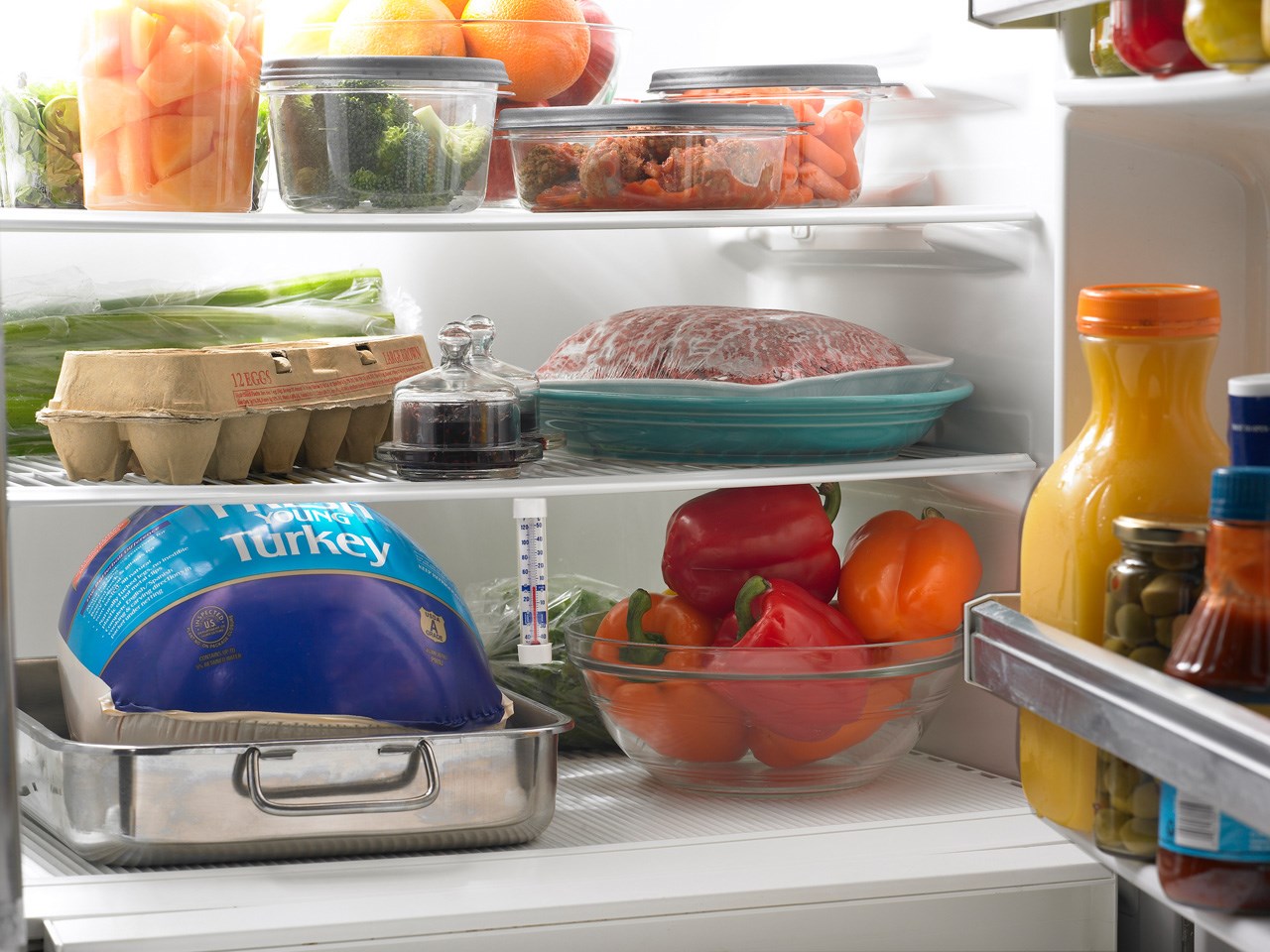Tom and Caitlin Morton of RVers on the Move live a mobile lifestyle, which means their refrigerator needs to be well-maintained. Proper maintenance techniques like checking door seals, ensuring ventilation is adequate and avoiding temperature fluctuations can help your RV fridge stay functional for years to come.
RV refrigerators work on an absorption refrigeration cycle. Understanding the process helps us appreciate the ingenuity and efficiency of these appliances.
Refrigeration Process
An RV refrigerator is a necessity for keeping your food and drinks cold while you’re on the road. Understanding how it works allows you to keep your food fresh and ensures that the system is operating correctly. Regular maintenance and cleaning are also important for prolonging the life of your refrigerator.
Your fridge has an absorption refrigeration cycle that uses heat and a chemical solution to cool your food. It starts with a boiler assembly that separates ammonia and water the same way that a moonshine still separates alcohol from grain mash.
The liquid ammonia then flows to the evaporator, where it vaporizes and takes away heat from the refrigerator’s interior. It then returns to the absorber, where it recombines with water and begins the process again.
It’s a good idea to check the door seals regularly for any cracks or gaps. A properly sealed door will help to maintain the correct temperature and conserve energy. Additionally, it’s important to make sure your RV refrigerator is level as an unlevel unit will affect its cooling efficiency and could even damage it.
Compressor
An RV refrigerator needs a powerful compressor to cool down and preserve perishable foods. The fridge’s compressor uses either a flame or heating element to heat up gases and liquids. The heat from those substances is then pulled away through evaporation, cooling the inside of the fridge.
Compressor-driven fridges are your best option if you’ll be boondocking or dry camping as they use power more efficiently. They are also more stable than absorption refrigerators, which can be affected by altitude.
Dometic, Norcold, and Furrion are among the top-rated manufacturers of 12V residential-style refrigerators for RVs. Their fridges offer sleek, attractive residential styling and include glass shelves, dual crisper drawers, and a reversible door. They also come in capacities ranging from 8 cu. ft to 19 cu. ft, which is close to the size of residential refrigerators. The fridges can be run on LP gas or 120V AC power and are suitable for both wet and dry campers.
Evaporator
The evaporator is where the cooling process actually takes place. Once the fridge is turned on, the high-pressure liquid refrigerant will evaporate and take heat from the refrigerator compartment to cool it down. This will also cool the freezer compartment if your RV has one of these.
The great thing about this type of RV fridge is that the heat used to initiate the refrigeration process can come from any source – not just propane. This makes it perfect for boondocking as the fridge will still work without draining battery power or using a generator.
It is a good idea to install a fridge fan in an absorption RV refrigerator, especially if you camp in hot climates. It will help circulate the cold air and improve your refrigerator’s efficiency. When installing the fan, make sure that it is properly positioned. It should be in between the boiler and the absorber. It is best to dry run the fridge first before attempting this so that you know the evaporator foam pack is sitting properly.
Condenser
An RV fridge requires some maintenance to keep it functioning properly. It is important to run it periodically, check the cooling fins for ice and frost and defrost it when needed. It is also recommended to clean the refrigerator coils on a regular basis.
An absorption fridge uses propane to create a chemical reaction that keeps the food cold. It is a little slower than compressor fridges and may struggle at higher altitudes, but it is still a good choice for many RVers.
If your absorption refrigerator is not cooling properly, you can check if the boiler and absorber are warm by feeling them with your fingers. If one is much hotter than the others, there could be a blockage in the system. You should also look for a yellow residue on the back of the fridge. This indicates the presence of Sodium Chromate, which is a sign that the refrigerator has a leak. A leak needs to be repaired as soon as possible.

